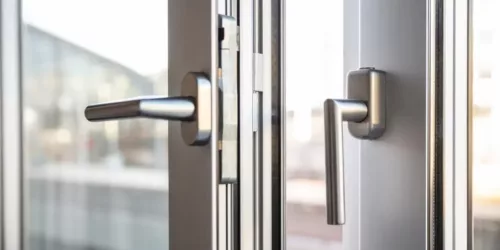Double Glazing vs Secondary Glazing - What Are Their Differences?
- Benefits of secondary and double glazing
- Energy efficiency comparison
- Secondary and double glazing security benefits
When it comes to windows, glazing needs to be considered. At the cheaper end of the scale are secondary and double glazing, but how do they compare? They each have their strengths and environmental advantages, as well as security benefits, but which should you go for: secondary or double glazing?
It mainly depends on your property type and budget as secondary and double glazing costs differ quite substantially. If you live in a listed building or there are restrictions to alterations, then secondary glazing may be preferable.
Interested in double glazing? Use our quote comparison tool to find out how much you'd pay. It only takes a minute.
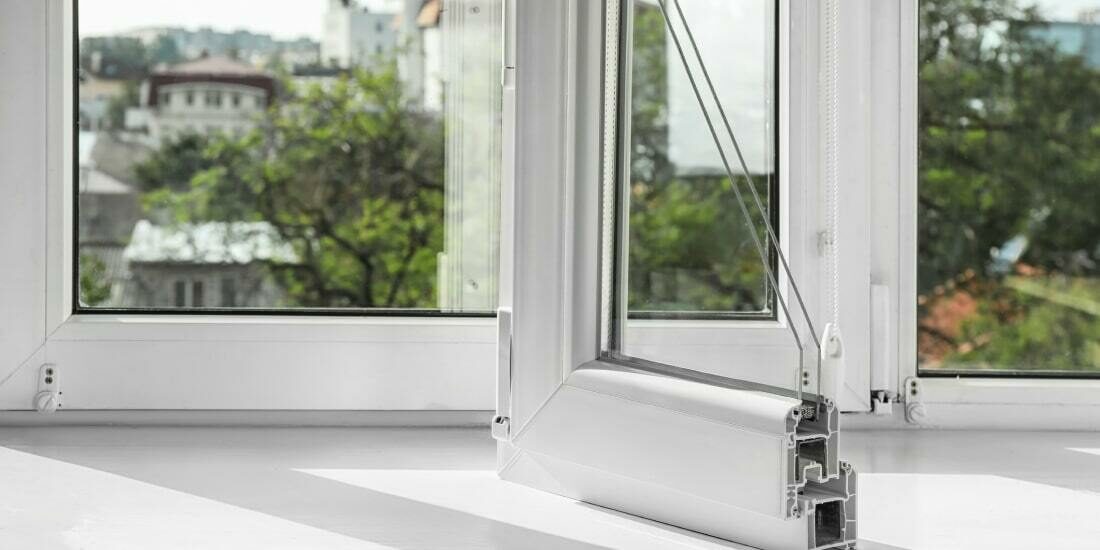
What's On This Page?
Click the links below and head straight to a specific section of the article.
What Are Secondary and Double Glazing?
Secondary Glazing
Secondary glazing is often a temporary panel added to the interior of an existing single glazed window. It’s available as a DIY option as well, meaning you can always fit secondary glazing yourself to cut down on costs. In this way, secondary glazing differs from its double glazed counterpart.
Double Glazing
On the other hand, double glazing is two panes of glass with a gap in the middle filled with gas or a vacuum to create an insulating barrier. They are a specialised type of window that require measurements to be taken and the whole unit to be made and fitted.
Secondary and Double Glazing Costs
Secondary Glazing
Secondary and double glazing differ in price because of a few factors. Secondary glazing is cheaper to install as they can be fitted quickly. You’re able to do it yourself or get a professional to come round and fit it to a single window in under an hour.
Effectively, secondary glazing has a simpler installation and is cost-effective when compared to double glazing. Your home could be fitted with secondary glazing within a day, depending on how large it is.
In terms of tangible costs, you can expect secondary glazing to fetch anywhere between £300-500 per m². On top of this, you’ll have installation costs, the same for secondary and double glazing, which are usually set at an hourly or daily rate. If you’re confident and wish to save money, you at least have the option of doing this yourself.
Double Glazing
Double glazing, on the other hand, is more expensive as the whole window unit needs to be replaced. They’re made to order and you’re not able to fit them yourself. If the double glazing fittings are relatively simple and your home is small, then they can also be done within a day.
The cost of double glazing can range from £200-700, depending on the style and material used. Sash windows will set you back more than simple casement windows.
On the back of this, double glazed windows can take up to six weeks to construct. If it’s too expensive, you can always replace rooms one at a time instead of the whole house in one go. Both secondary and double glazing come with this flexibility, but cost is more of a factor for the latter.
If you’re on a low income, the government’s ECO4 scheme may enable you to benefit from double glazing.
Environmental Benefits With Secondary and Double Glazing
Solar Heat Gain and Heat Loss
This refers to how heat can be lost through the window when it’s cold outside but also how heat can be gained through the window in warmer temperatures. It’s measured using the U-value. The lower the number, the more efficient and the less heat is lost (and gained) through the window. Both secondary and double glazing form a barrier that works against heat loss and, to some extent, solar heat gain.
According to Energy Saving Trust, if you were to replace all single glazed windows in a property with double glazing, you will see a saving of £145 a year in bills, or £175 a year if the windows are rated A++. In contrast, secondary glazing will only save you 10% on your heating bills.
Noise Pollution
Just when you thought the comparison wasn’t close between secondary and double glazing, the former comes out ahead in terms of reduced noise pollution. Secondary glazing is slightly better at noise reduction as the panes aren’t as close together. The gap between the panes in double glazing is usually around 16mm, whereas secondary glazing can be between 100 and 200mm apart.
The bigger the gap between the panes, the greater the noise reduction. An 80% reduction in noise can be achieved with secondary glazing. That isn’t to say that double glazing isn’t good at reducing noise pollution, as secondary and double glazing both feature the extra layer that increases protection from sound.
Energy Efficiency
When considering the environment its important to research energy efficient windows - secondary and double glazing don’t come close to an even comparison. They’re both compatible with Low-E glass, which lets sunlight and heat in and reduces the amount let out, but double glazing is twice as effective.
According to a recent study, 51% of people surveyed by Which? said that they bought double glazing to make their home warmer, and 44% said they did it to reduce energy bills. So we can see that a significant number of people are already aware of the benefits of having efficient windows.
In terms of heat loss, secondary and double glazing have some effect, but double glazing is better for reduced heat loss. The gas-filled gap between the window panes provides insulation and prevents heat loss by up to 74%, making them incredibly energy efficient.
Energy efficiency ratings in windows run from A++ to E and are an assessment of the whole window, including the U-value. They can be found for both secondary and double glazing.
Environmental Payback
This refers to how the savings gained from using the product cover the initial cost. When comparing secondary and double glazing, there is a clear winner.
For secondary glazing, the payback is around 5-10 years, and even less if you fit it yourself using cheaper means. Double glazing, on the other hand, can be between 20-30 years because of the dearer cost.
Air Tightness
Since June 2022, air tightness has become more of a concern and is now reflected in Building Regulations. Extra ventilation needs to be provided in habitable rooms when over 30% of a property’s windows are replaced, regardless of whether you want it or not. The efficient air tightness in new windows, including secondary and double glazing, prevents fresh air from entering the property.
Low level ventilation needs to be available and is effectively in the background, constantly bringing in fresh air. It can work through trickle vents and passive wall vents. They reduce the amount of condensation and damp.
This is something that will have to be considered when looking at professionally installed secondary and double glazing. New builds will automatically be considerate of this.
Security Benefits of Secondary and Double Glazing
There are also security benefits of secondary and double glazing. The second pane is an additional barrier that makes it harder for intruders to gain access.
Secondary glazing is almost impossible to open from the outside and can’t be forced from its securely fixed position. The glass is also coated with a film that will prevent shattering and keep the pane attached to the frame.
Double glazing is the preferred form from the police as they have been trying to “design out crime” through innovation. Manufacturers approved by the police feature Secured by Design status, reducing the opportunity for crime by making it increasingly difficult for anyone to gain entry through new and improved technology. With a lifespan of 20 years, the increased cost of double glazed windows gives you peace of mind for decades to come.
Secondary and Double Glazing Key Differences
Secondary Glazing | Double Glazing |
Cheaper to buy and install | More expensive to buy and install |
Can be done without professional help | Needs professional input |
Can reduce energy bills by about 10% | Can reduce energy bills by about £175 |
Slightly better noise reduction | A good amount of noise reduction |
Less energy efficient than double glazing | More energy efficient than secondary glazing |
Shorter environmental payback | Longer environmental payback |
More secure than single glazing | Much more secure than single glazing |
Related articles
View all Glazing articles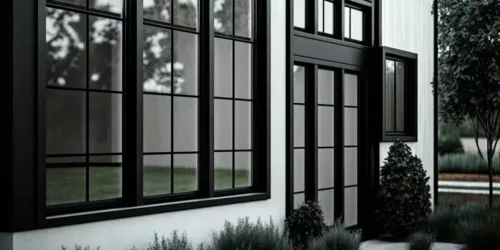
How Much Would It Cost to Double Glaze a 3 Bedroom House?
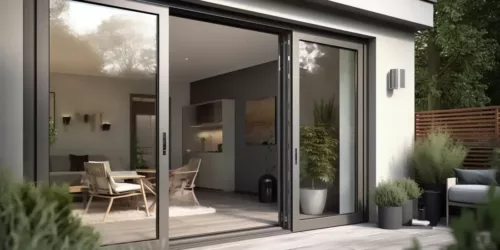
A Complete Guide to Double Glazing Doors

Replace Your Double Glazed Unit - A Useful Guide

Double Glazing Repairs – All You Need to Know
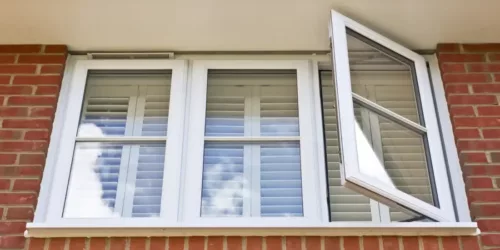
Trickle Vents in Windows: Are They Still Needed?

Energy Efficient Windows: A Guide To Better Window Energy Efficiency
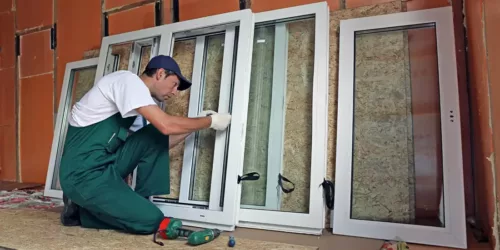
Double Glazing Repair – Is It Worth It?
